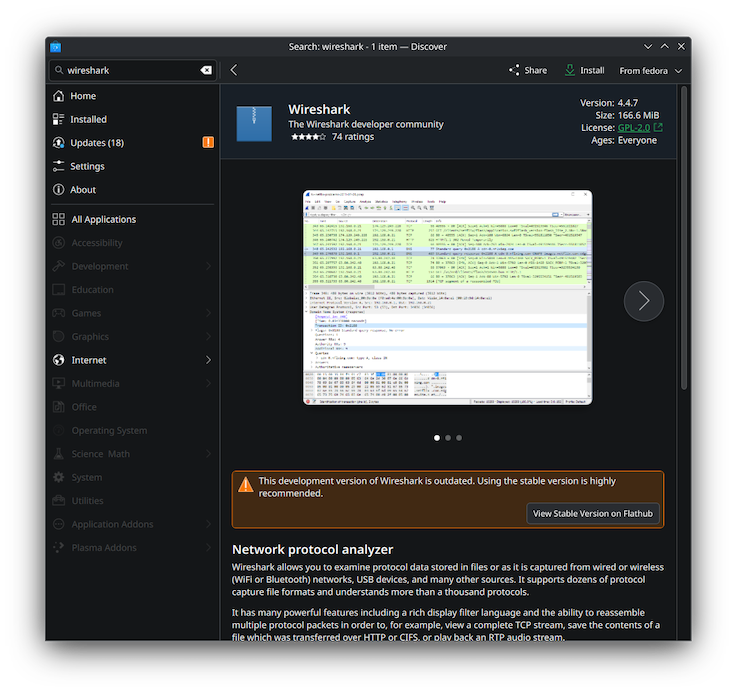Fedora strategy 2028
I often hear people claiming a bad plan is better than no plan at all. And I tend to agree. Have a bunch of people work on a bad plan and they will get somewhere. Have them work with no plan and chaos is ensured. Now, if you take the same people and have a really good plan, things get interesting.
Fedora published their goals for / till 2028. What caught my eye is "Atomic Desktops and Image Mode". I‘ve running Bazzite for gaming nearly for a year, and I am running Fedora Kinoite (atomic KDE spin of Fedora) on the laptop I mostly use for development when my MacBook Air is not a good option. (Which is to say, whenever I need more than two ports or a Linux environment.)
Having over a year experience with atomic Fedora spins I must say I am not very convinced they are needed. It is nice to have and it gives a bit more reassurance that a system update will not turn into a very bad time. And I generally like the idea of containerising and sandboxing applications. So I theoretically support the idea.
Side note: I cannot remember when a regular Debian
apt update; apt upgradebroke my system. I think the last Linux system that destroyed itself during an update was Arch Linux around 2003? Something something cups breaking Gnome if I recall correctly. This does not mean system updates are a solved problem and I know people have different experiences here.
Atomic images go hand in hand with another goal: Containers and Flatpaks. Which ties in nicely to a good article why Fedora "must" embrace Flathub.
Let theory meet the real world. I needed Wireshark on my laptop. Open whatever package manager is shipped, search for Wireshark and see a message that Fedora has a more stable version. Even with a link, how convenient!

Except that the Fedora version tells me it is outdated and using the stable version is recommended. Which links to the Flathub version shown above.

So we pick either or. Which does not work, it does not show any interfaces. If you know "enough" about Linux, Flatpaks and the whole stack below you already know the problem. If you do not, you likely Google, and learn that layering it in the OS is not recommended, our distribution is atomic. So we create a distrobox. Then within the distrobox we install Wireshark.
Which does not work, it does not show any interfaces. Again: If you know "enough" about Linux, Flatpaks and the whole stack below you already know the problem. We delete the distrobox, Google how to create one with root privileges, install Wireshark and we finally can capture the UDP package we were looking for.
Linux as a hands off, primary operating system came a very long way the last 25 years. If you would have told me I will game on Linux every day or simply open a laptop and my system wakes from standby in the 2000s I would have rolled my eyes and walked away. Because I gamed on Linux and had it on my laptop back then. Right now if someone wants to game (no esports and is okay checking game compatibility on protondb) and for day to day browsing and office work I would not see an issue recommending Linux. But once you get past that you have to get really interested in how things work. I am not saying things are bad or not user-friendly, but Fedora has a long way to go in a very short time to make this strategy work.
posted on Aug. 6, 2025, 6:56 p.m. in gaming, software engineering, usability
This entry was posted as a "note" and did not undergo the same editing and review as regular posts.